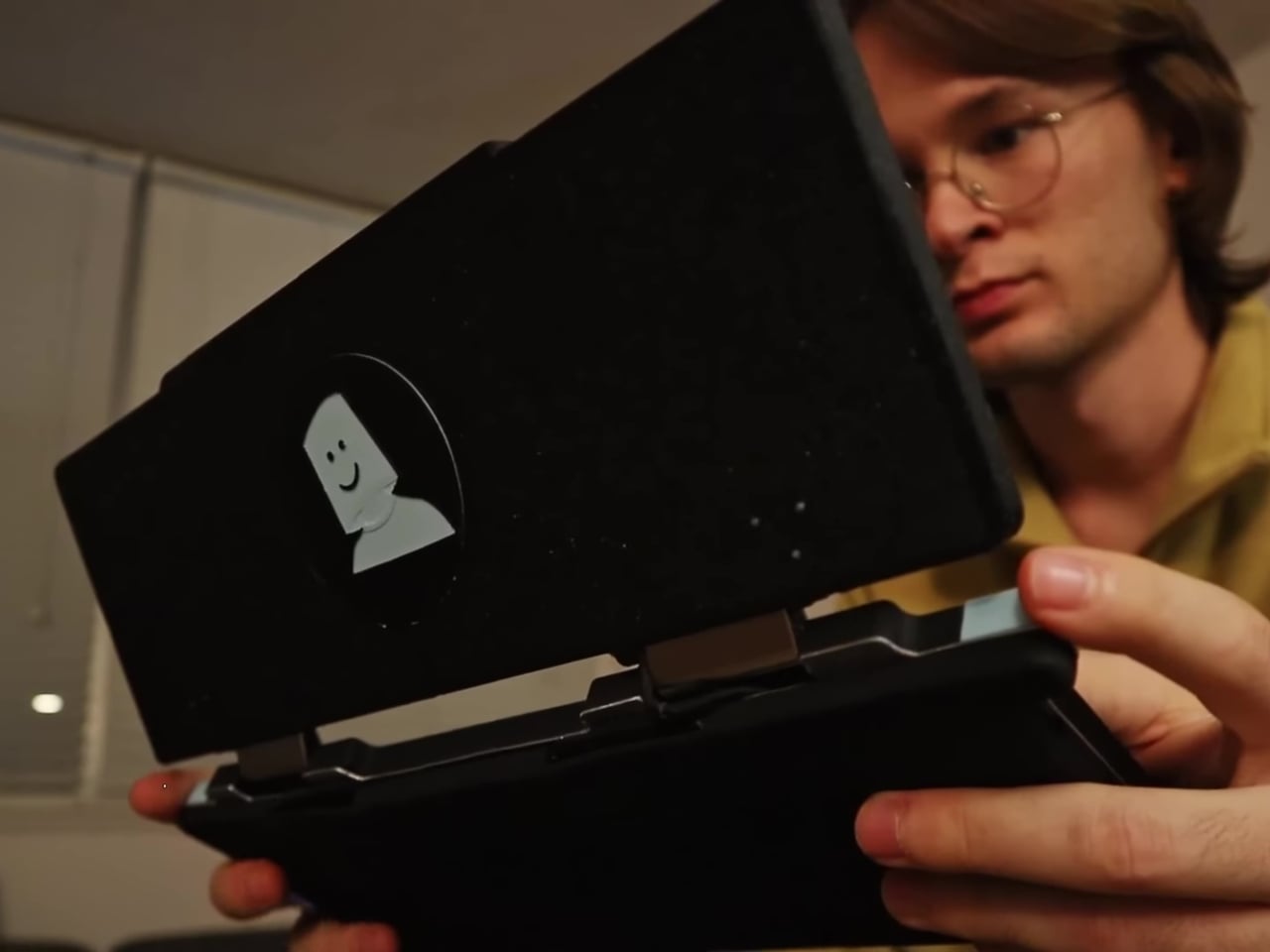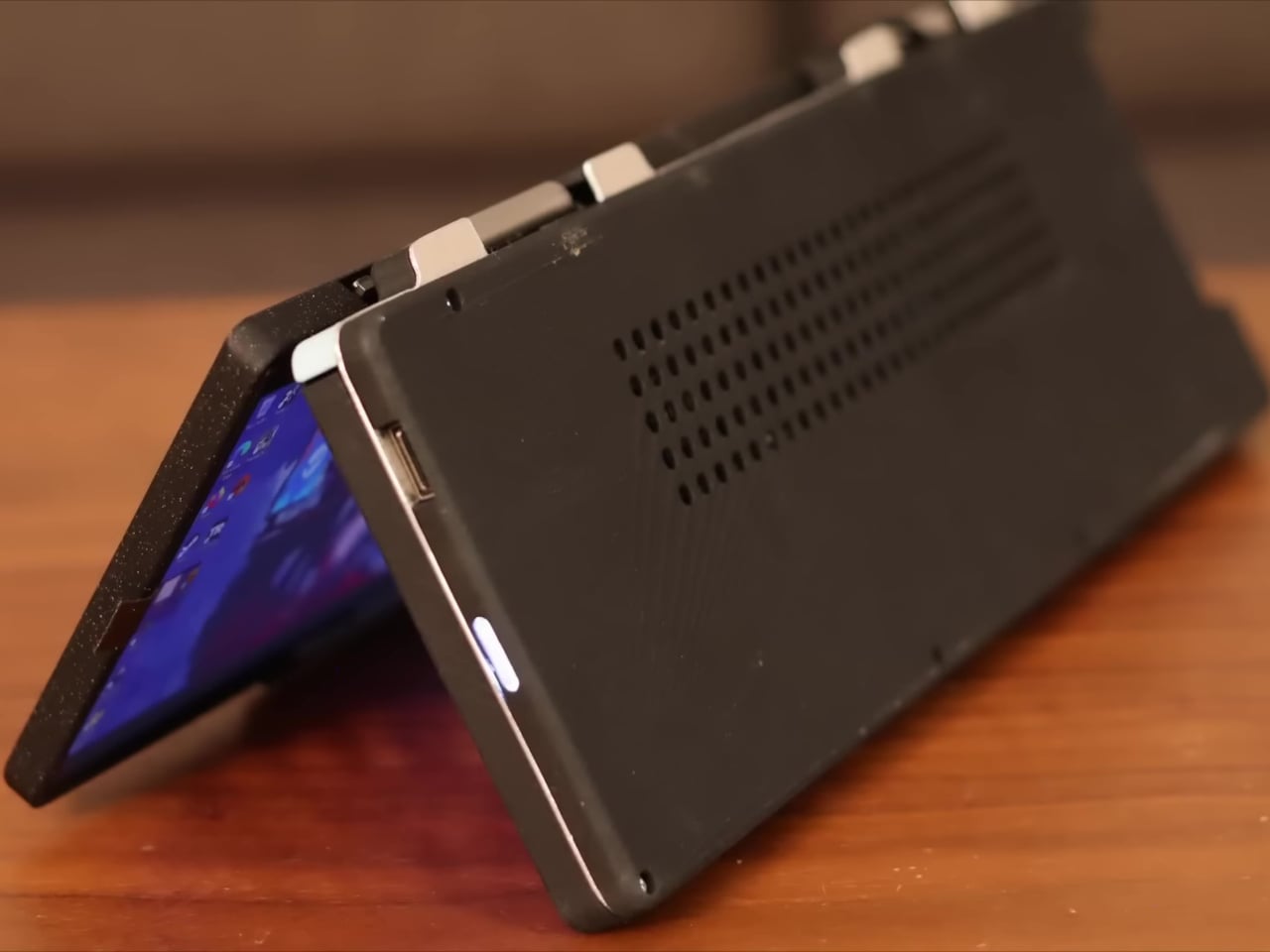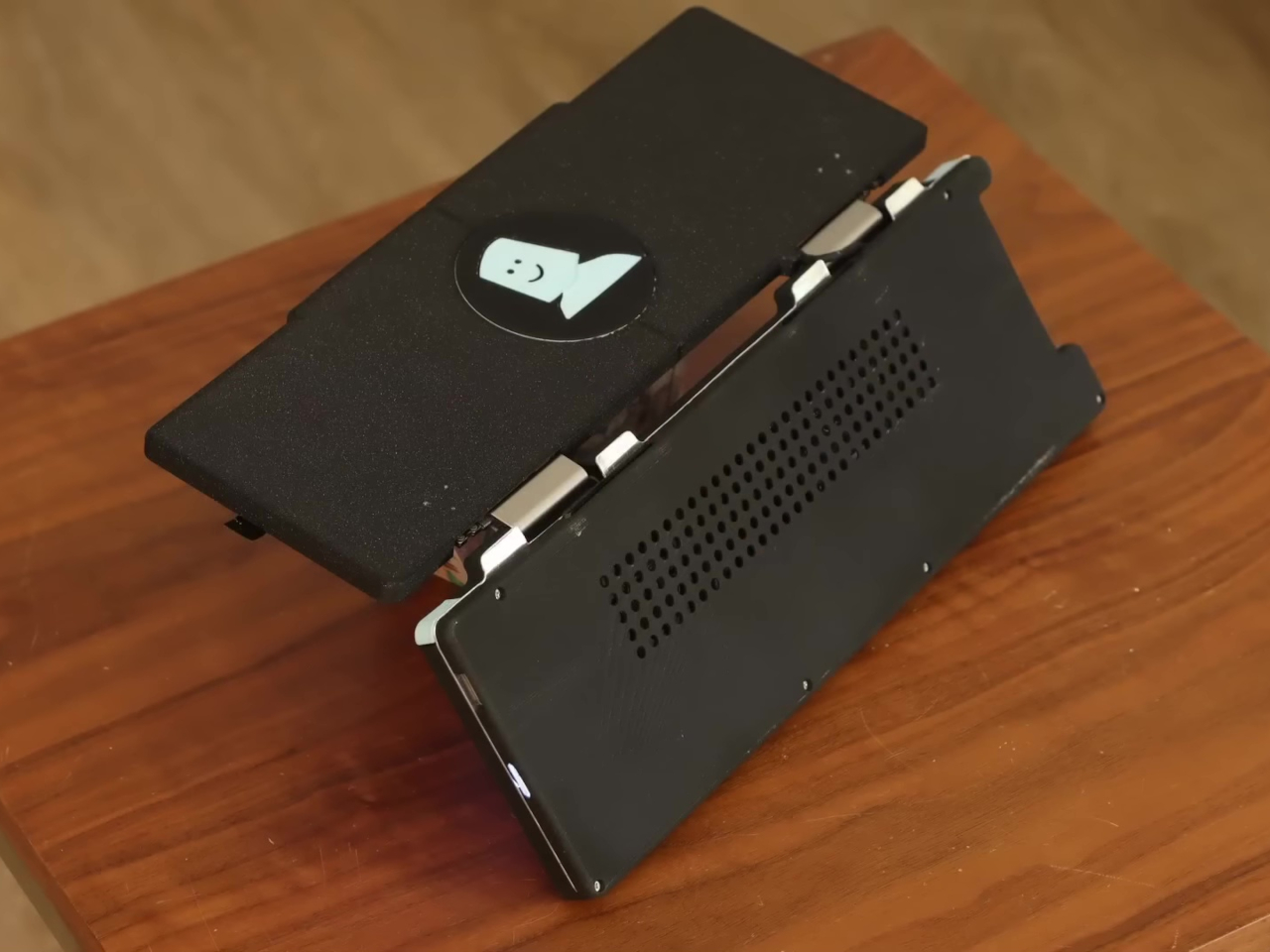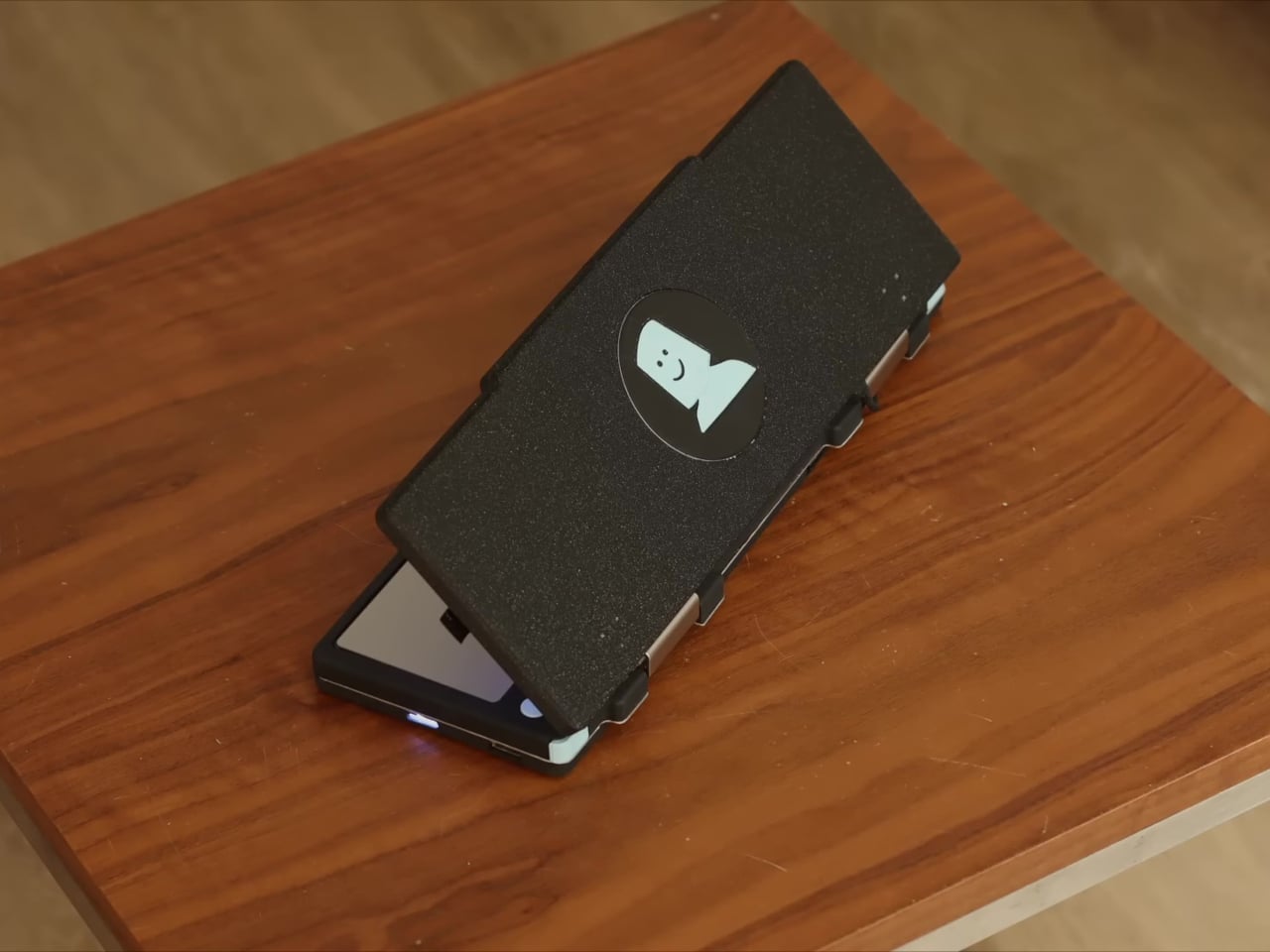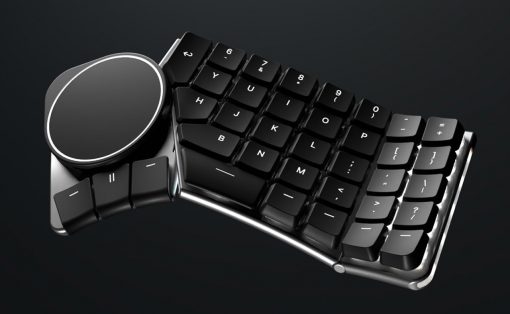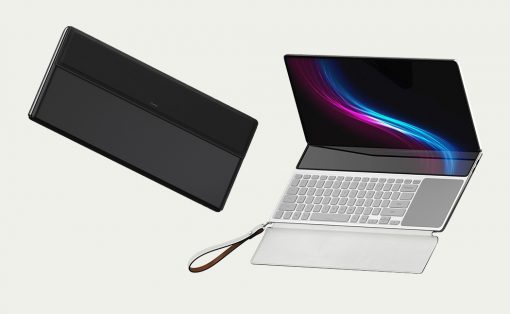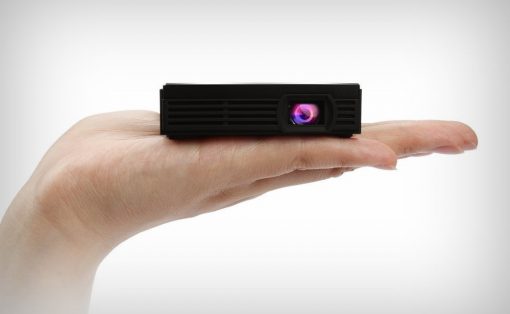Although hardly the first of its kind, the Nintendo Switch definitely kicked off a handheld gaming renaissance. Now we have mini PCs letting us play all sorts of games on the go and innumerable projects that try to cobble up together their own handheld console. The latter has given rise to many unconventional designs, though most follow the standard combination of buttons and joysticks found on gaming controllers.
One designer, however, went out of his way to do something different thanks to his dislike of joysticks. The result is a unique and rather curious handheld device that combines the clamshell form factor of the Nintendo DS and the guts of a laptop, and then stretches it wide to a rather unusual degree.
Designer: Marcin Plaza
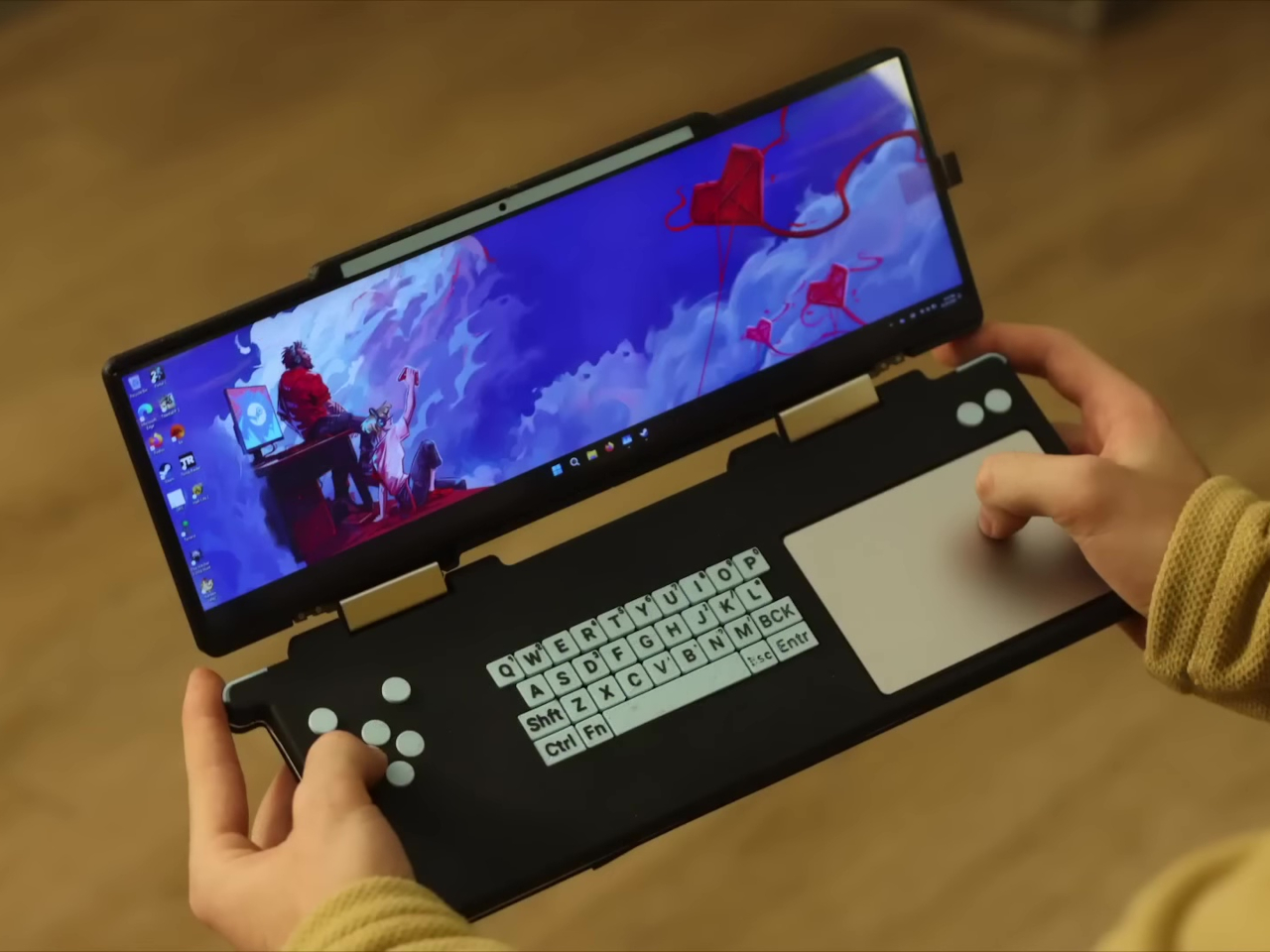
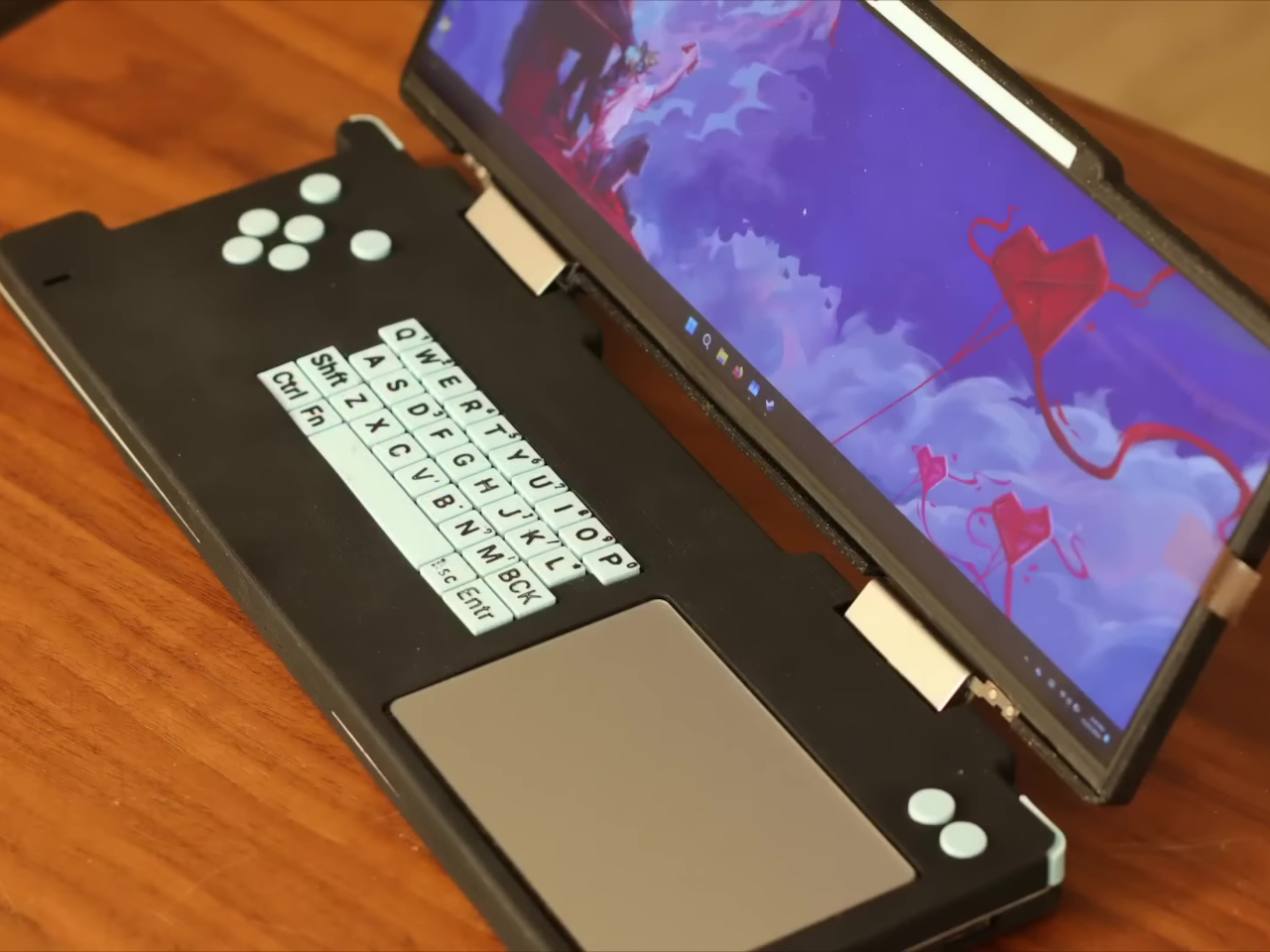
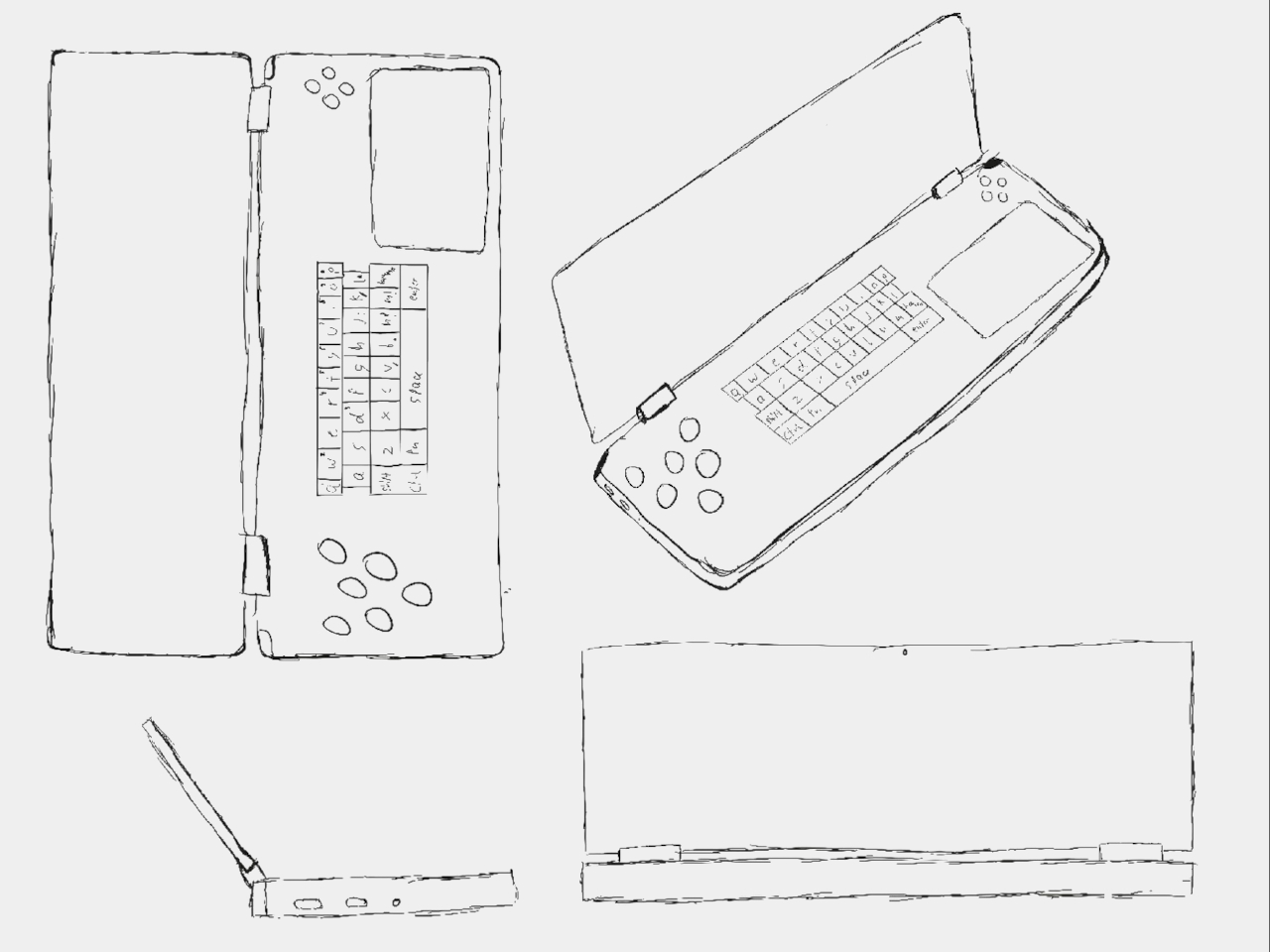
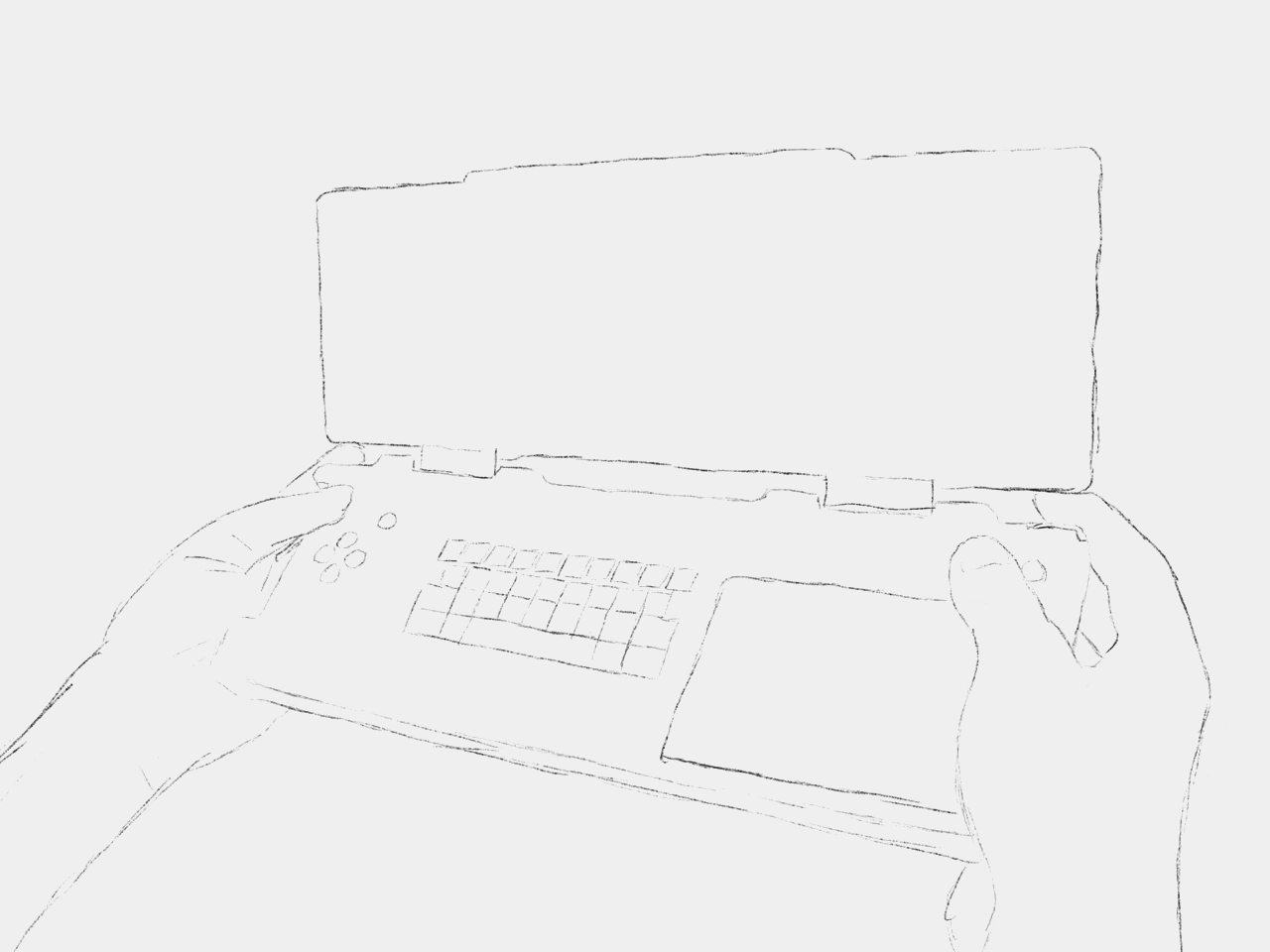
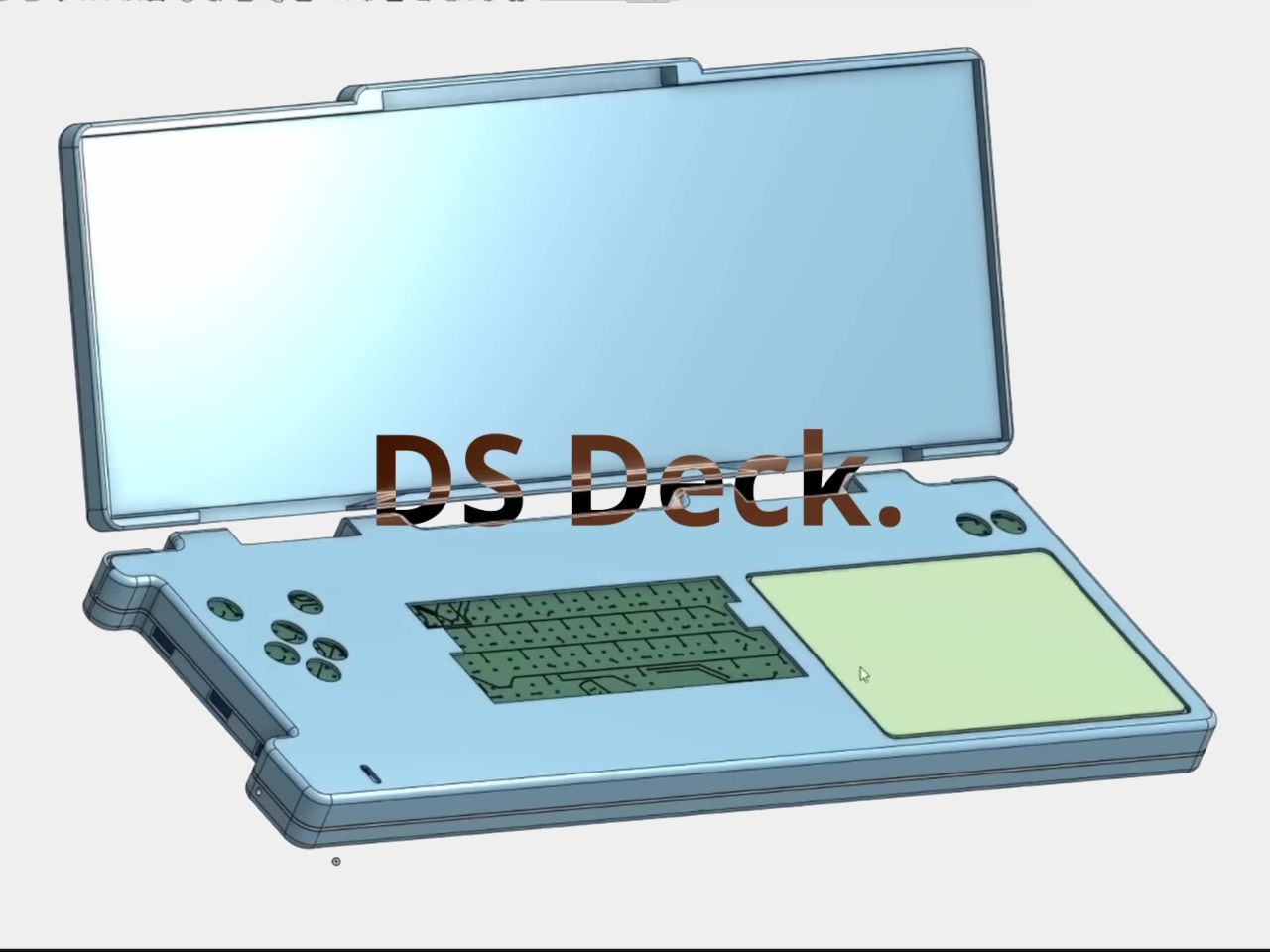
There are a few things quite unconventional about this ultra-wide Steam Deck Nintendo DS hybrid, not just its super-wide form factor. Actually, that shape was a result of the decision to repurpose the usable motherboard of a broken Lenovo laptop, which happened to be roughly 13 inches wide. But unlike another DIY Steam Deck that did the same with a modular Framework laptop motherboard, the “DS Deck” didn’t go the usual joysticks and buttons layout either.
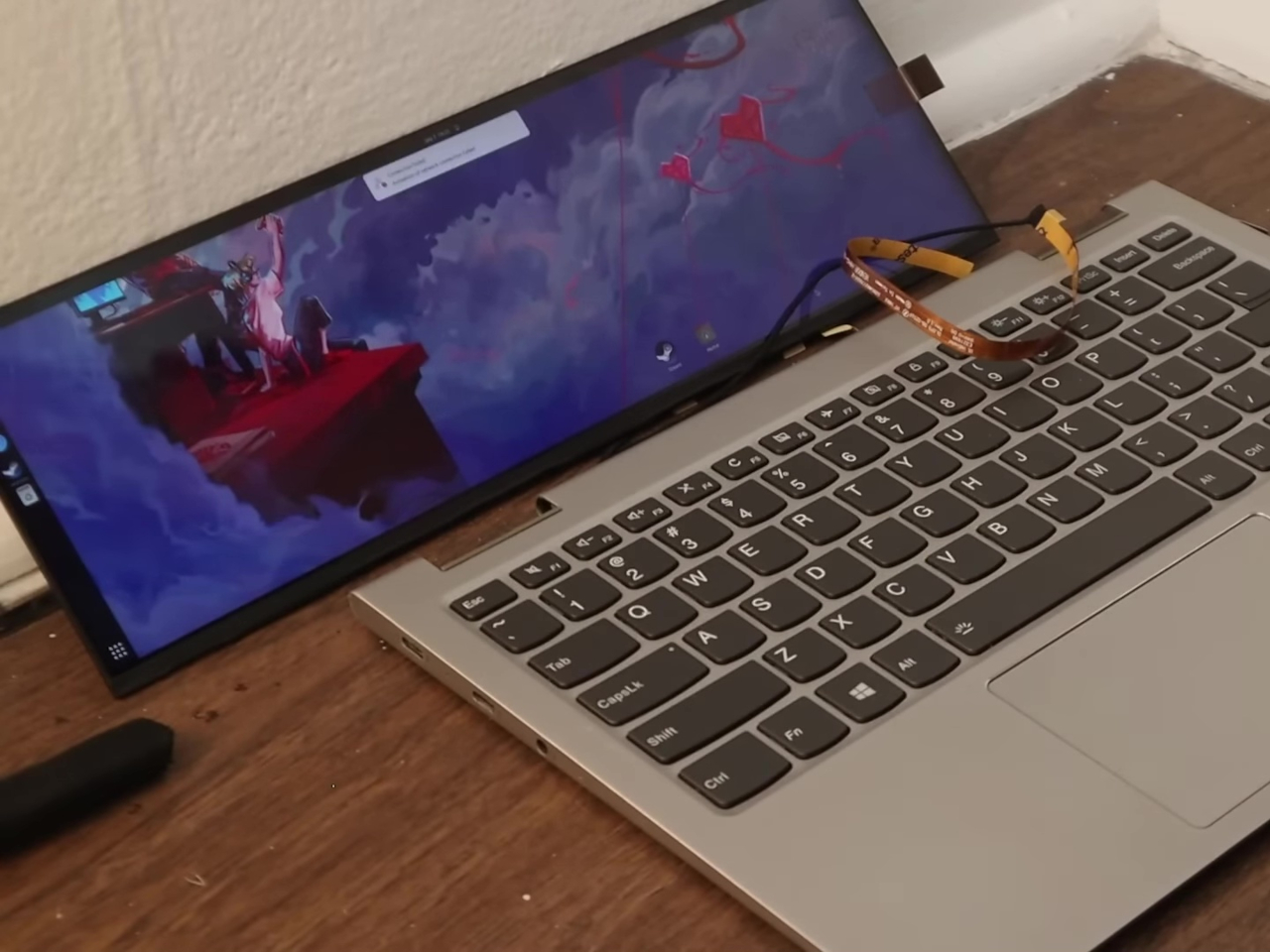
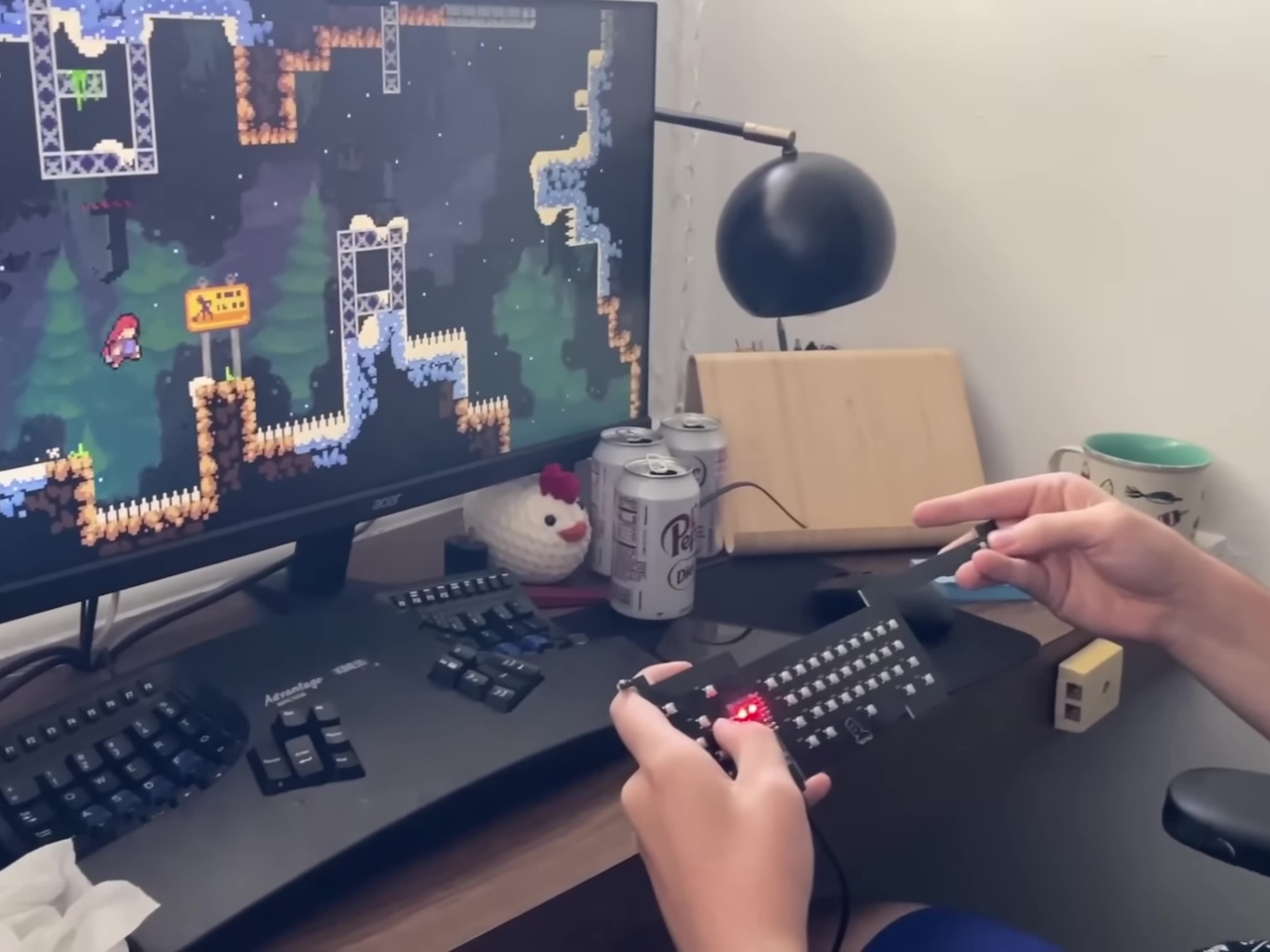
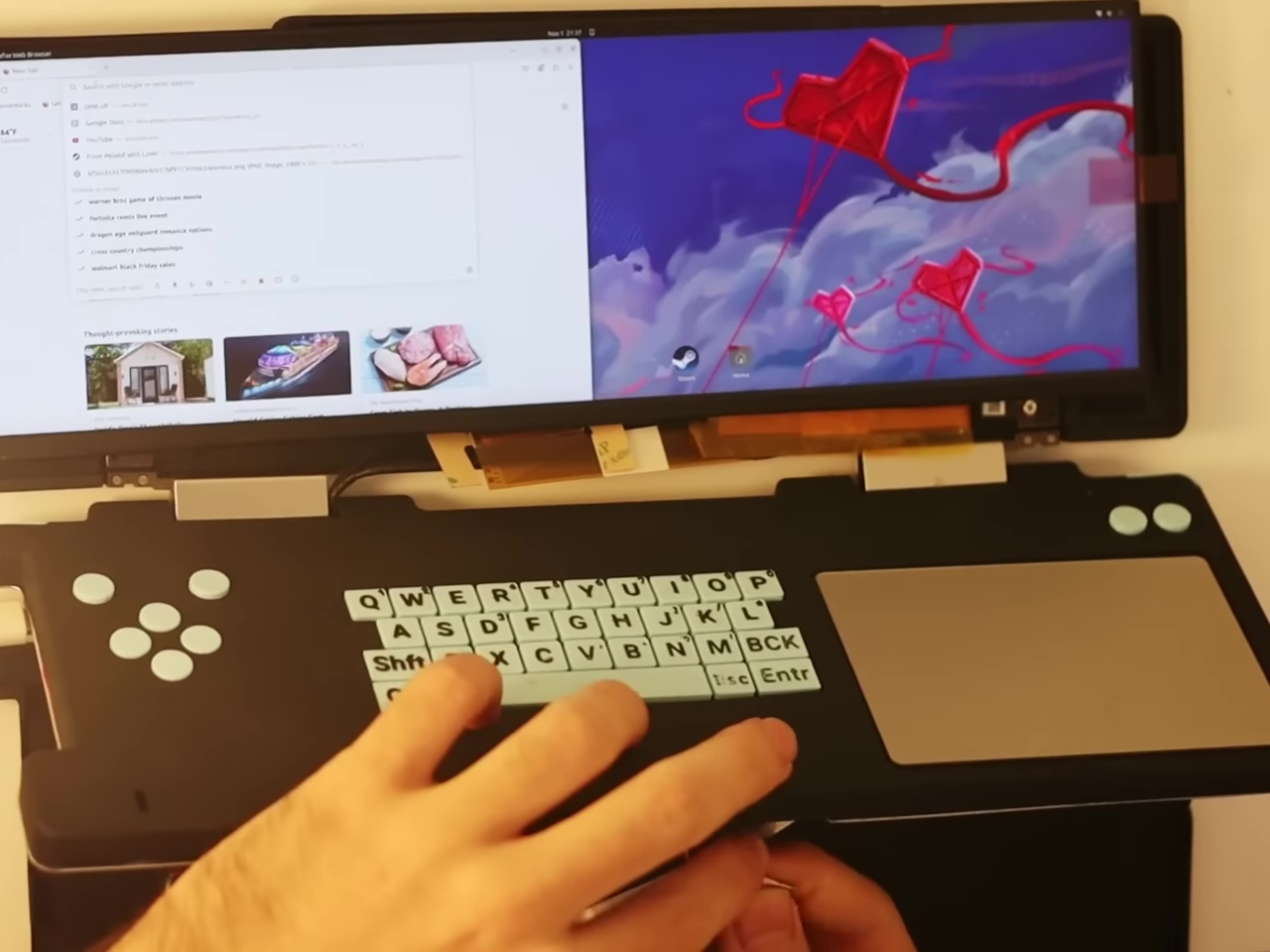
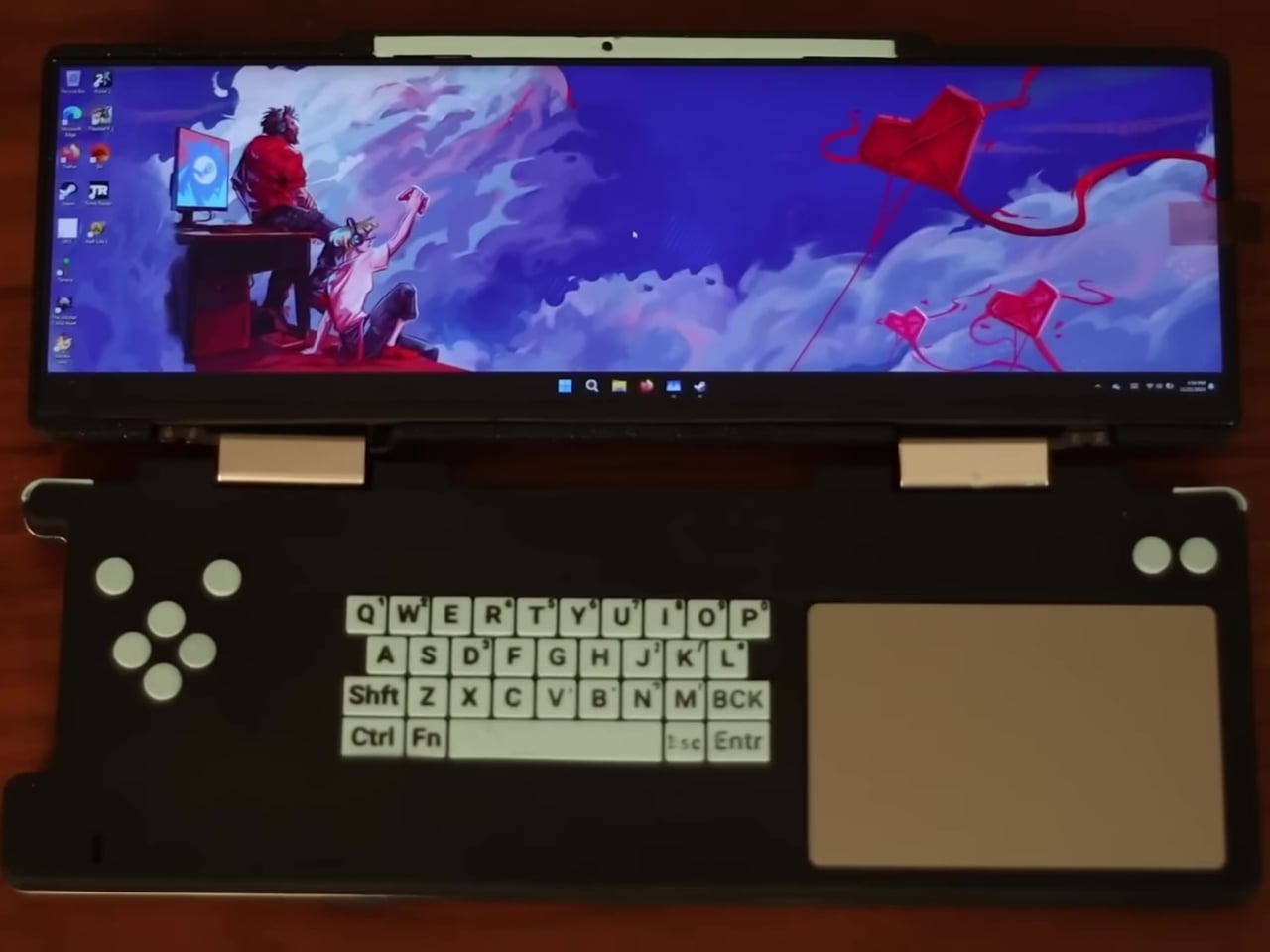
Since the goal was to ditch the joystick and replace it with a more PC-oriented keyboard and trackpad, a new kind of shell design was needed. Long story short, it required looking for a compatible 12.7-inch screen that happened to also be in an ultra-wide aspect ratio. These restrictions and requirements led to a design that followed the footsteps of the clamshell DS, which made for a rather interesting device.
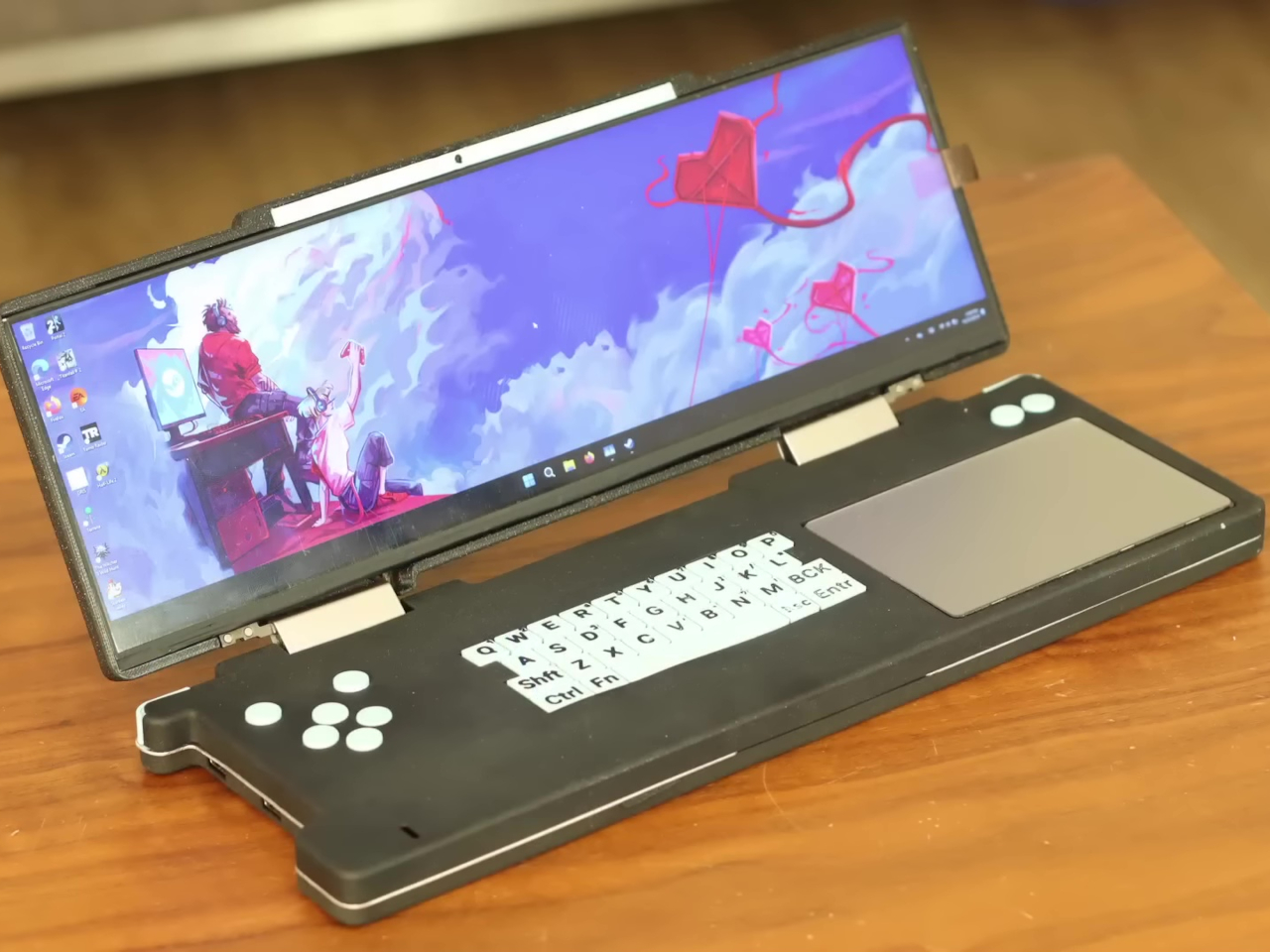
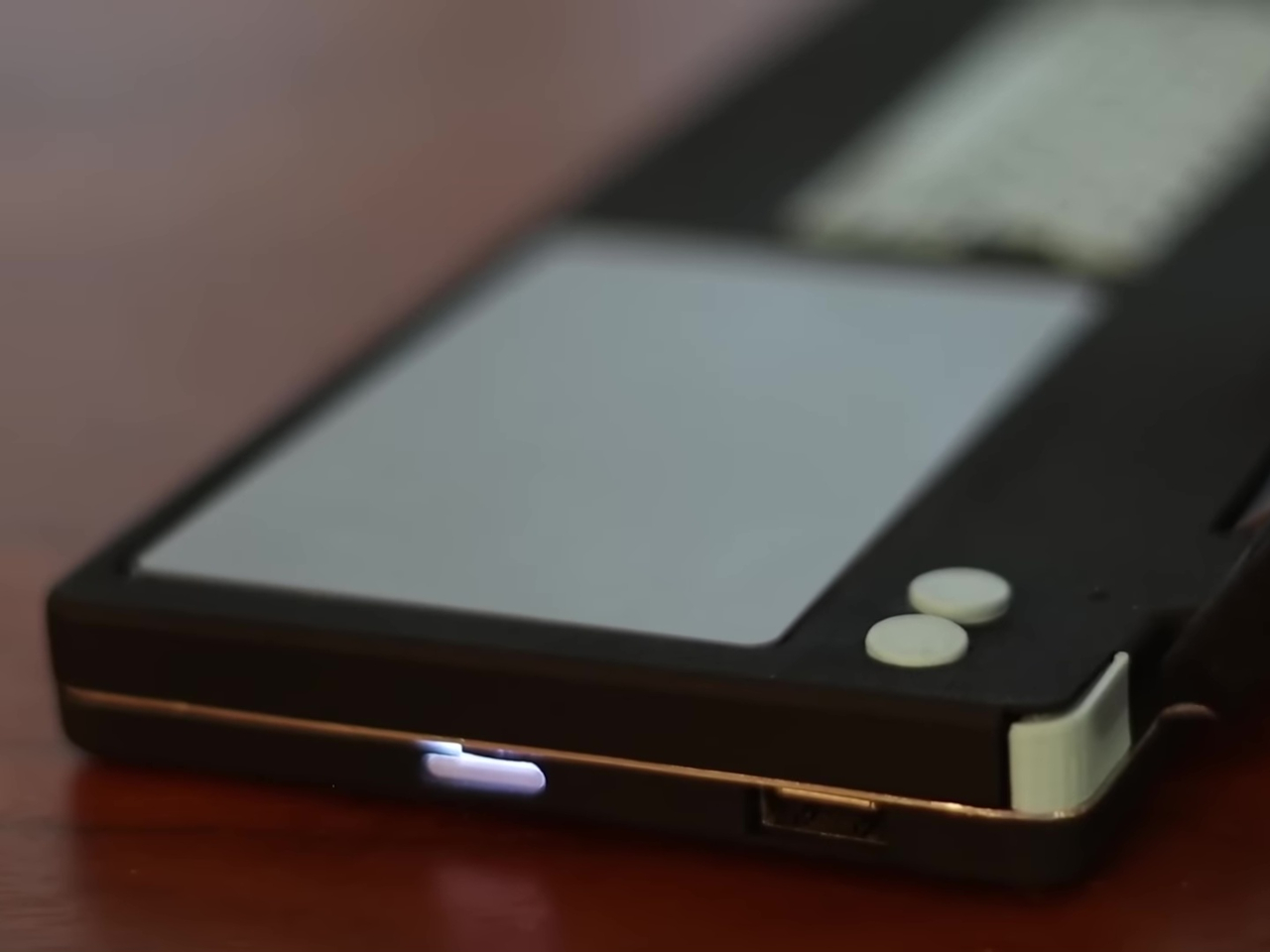
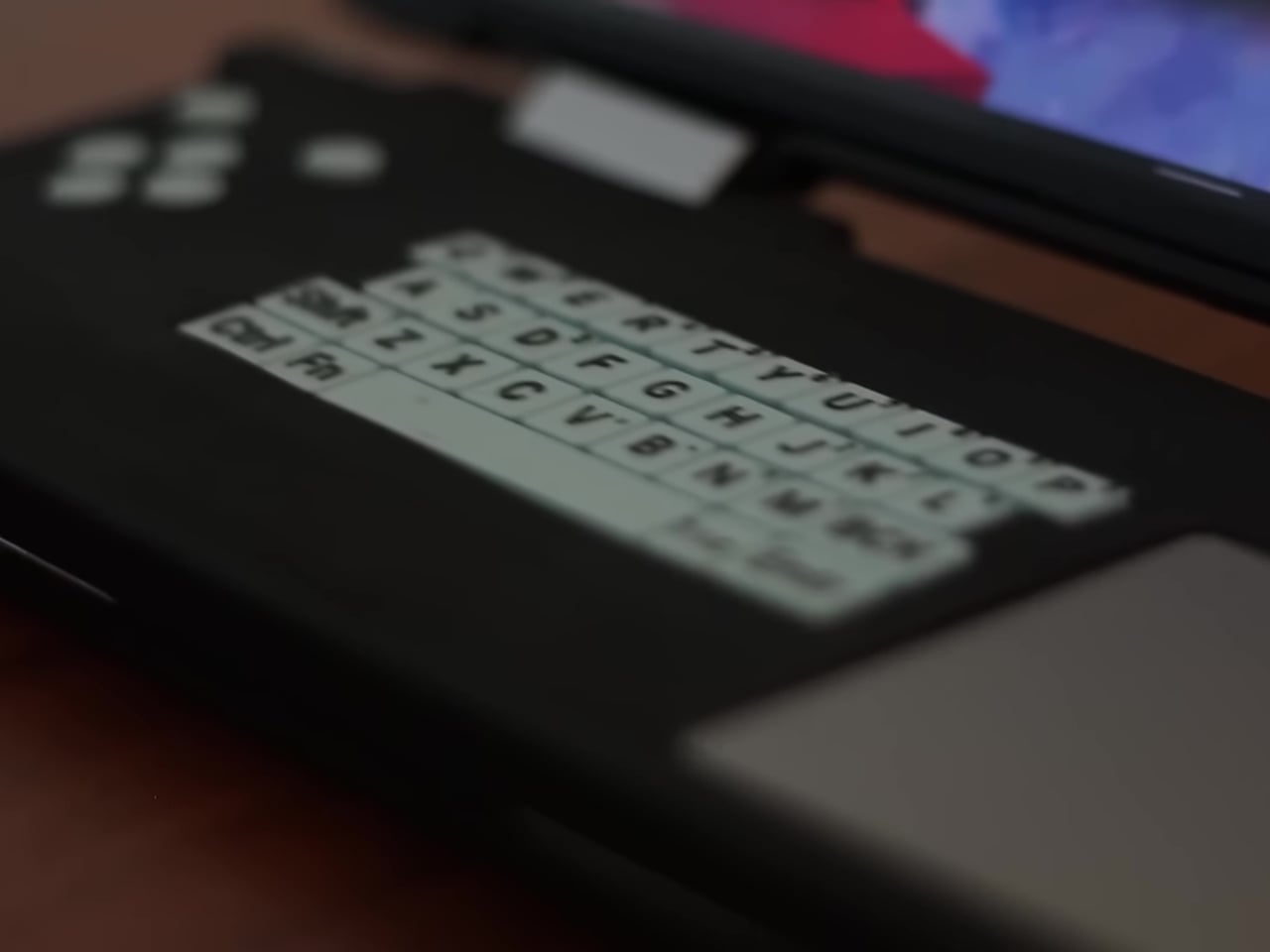
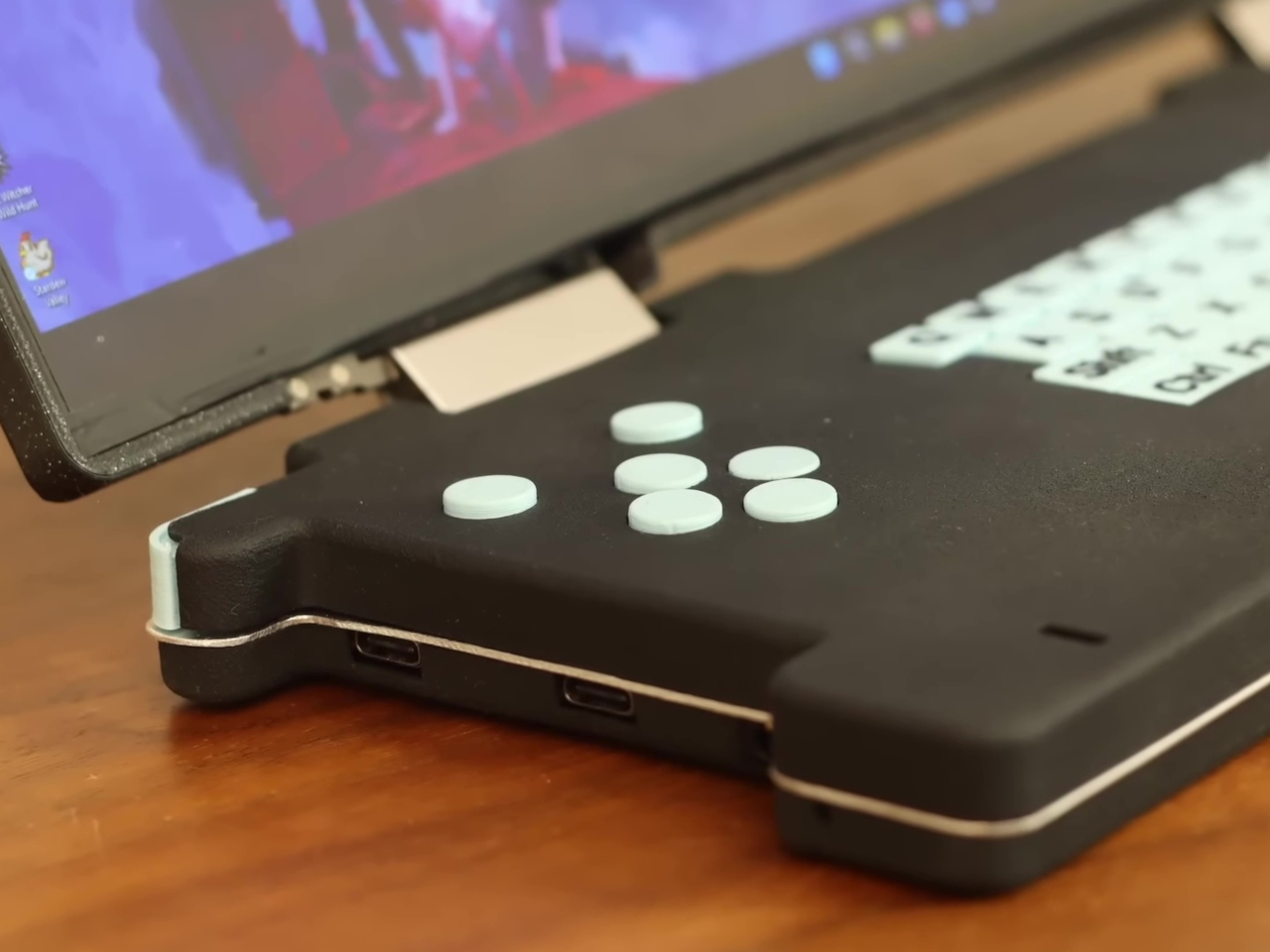
While time and effort were saved in using the laptop motherboard as-is, more time was spent designing a custom circuit board for the non-standard keyboard and button layout. There was plenty of soldering and assembly involved, not to mention repairs of data cables that were accidentally torn off. Suffice it to say, this is a project very few will be able to follow.
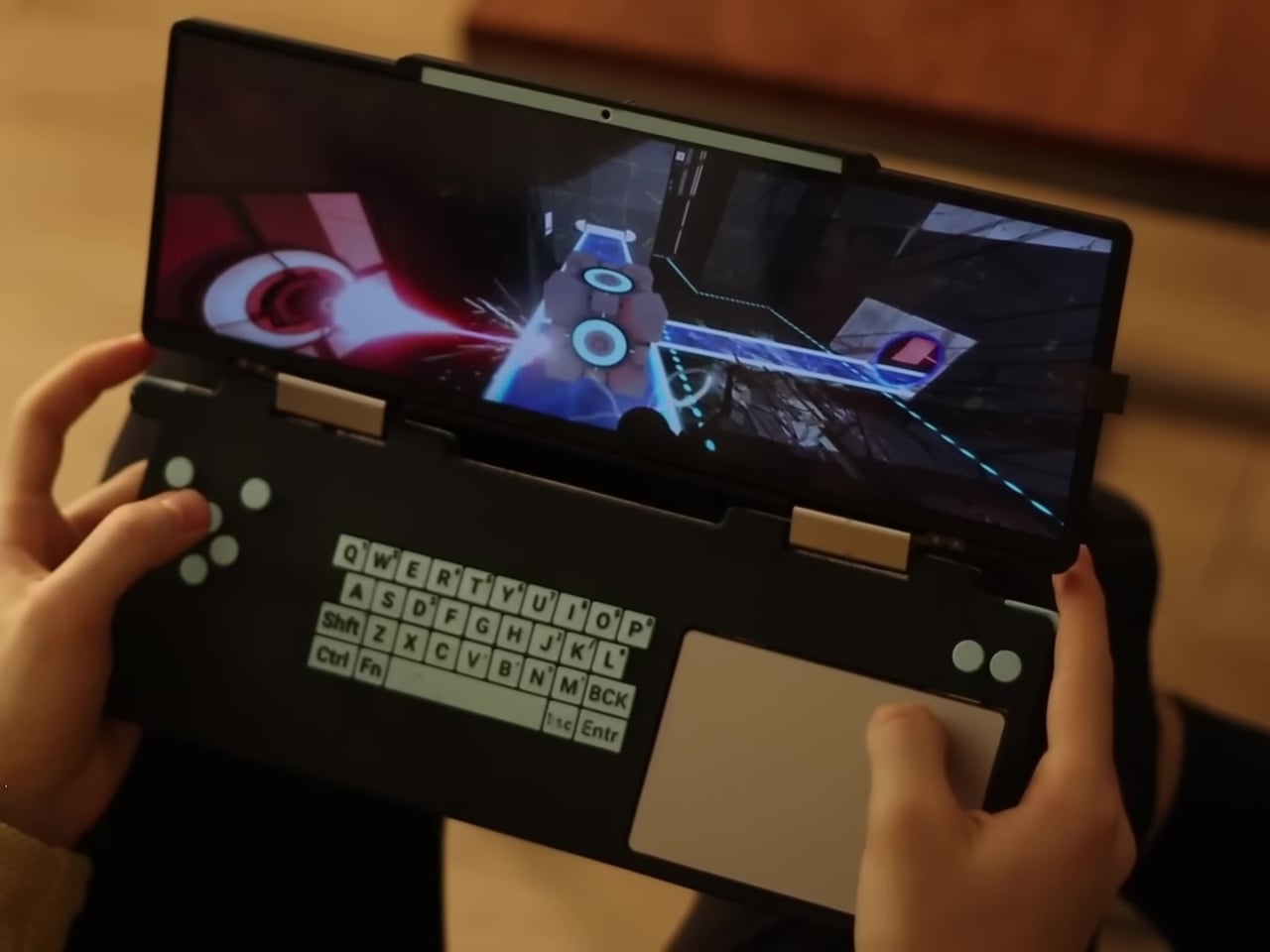
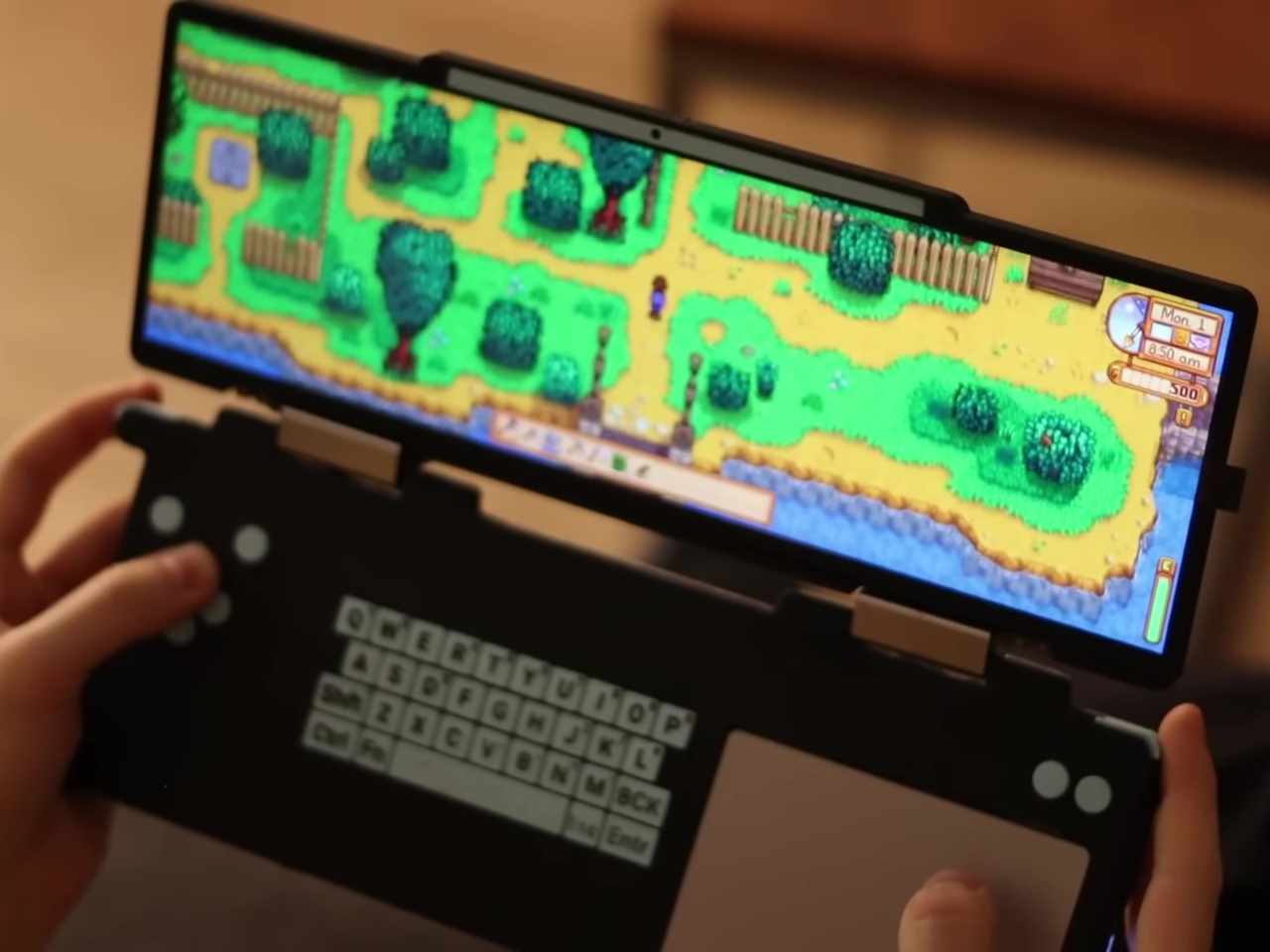
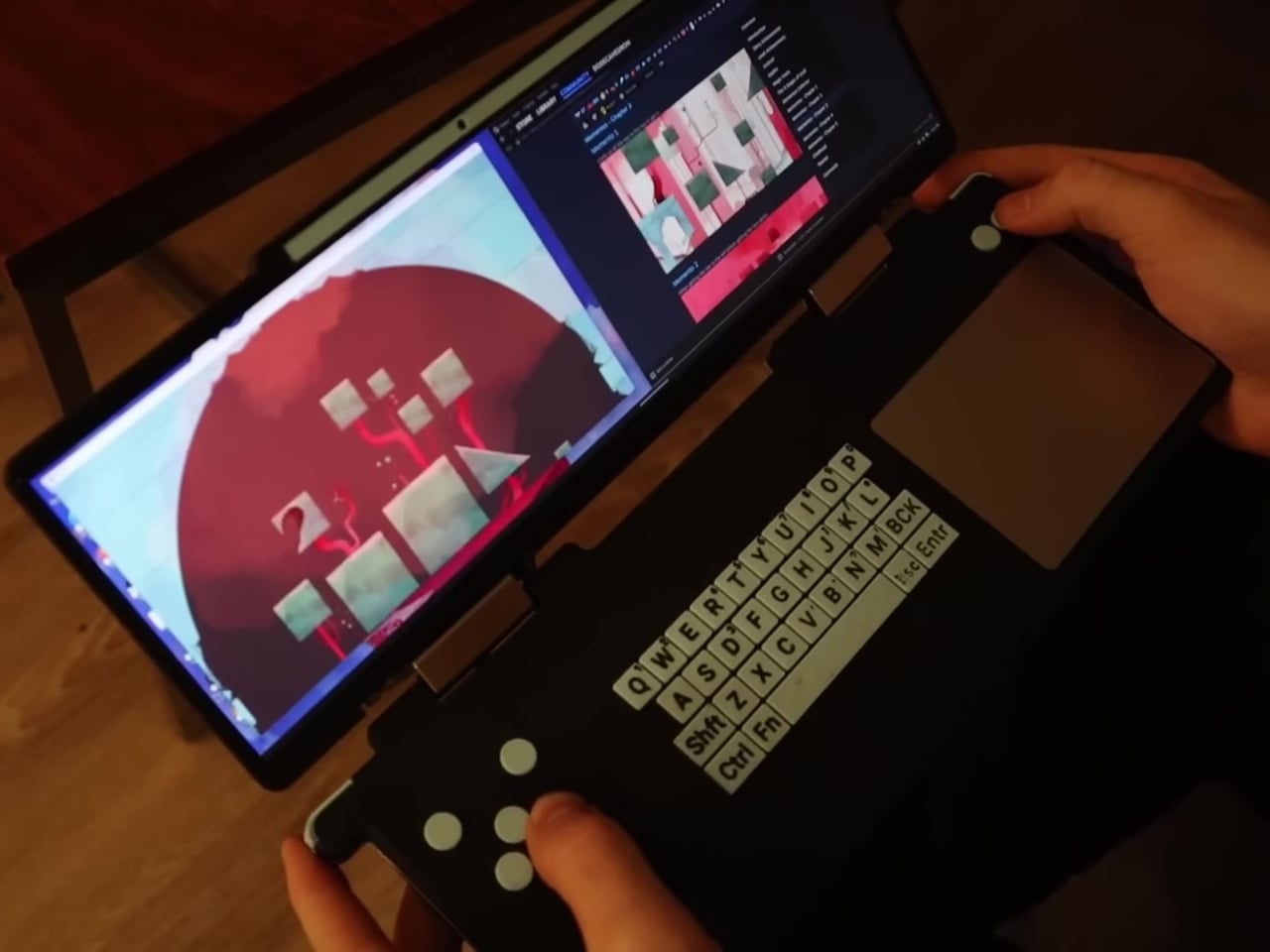
Still, the final result is just as interesting and special. The DS Deck is able to run a full operating system like Windows or Linux because it basically uses the same motherboard and battery as the source laptop. Widescreen compatibility with games is a mixed bag, but one can always run two windows side-by-side thanks to the screen size. The custom design definitely needs a lot of work, as it doesn’t take into account safety and heat management, but the fact that it even works is itself already a commendable accomplishment.
